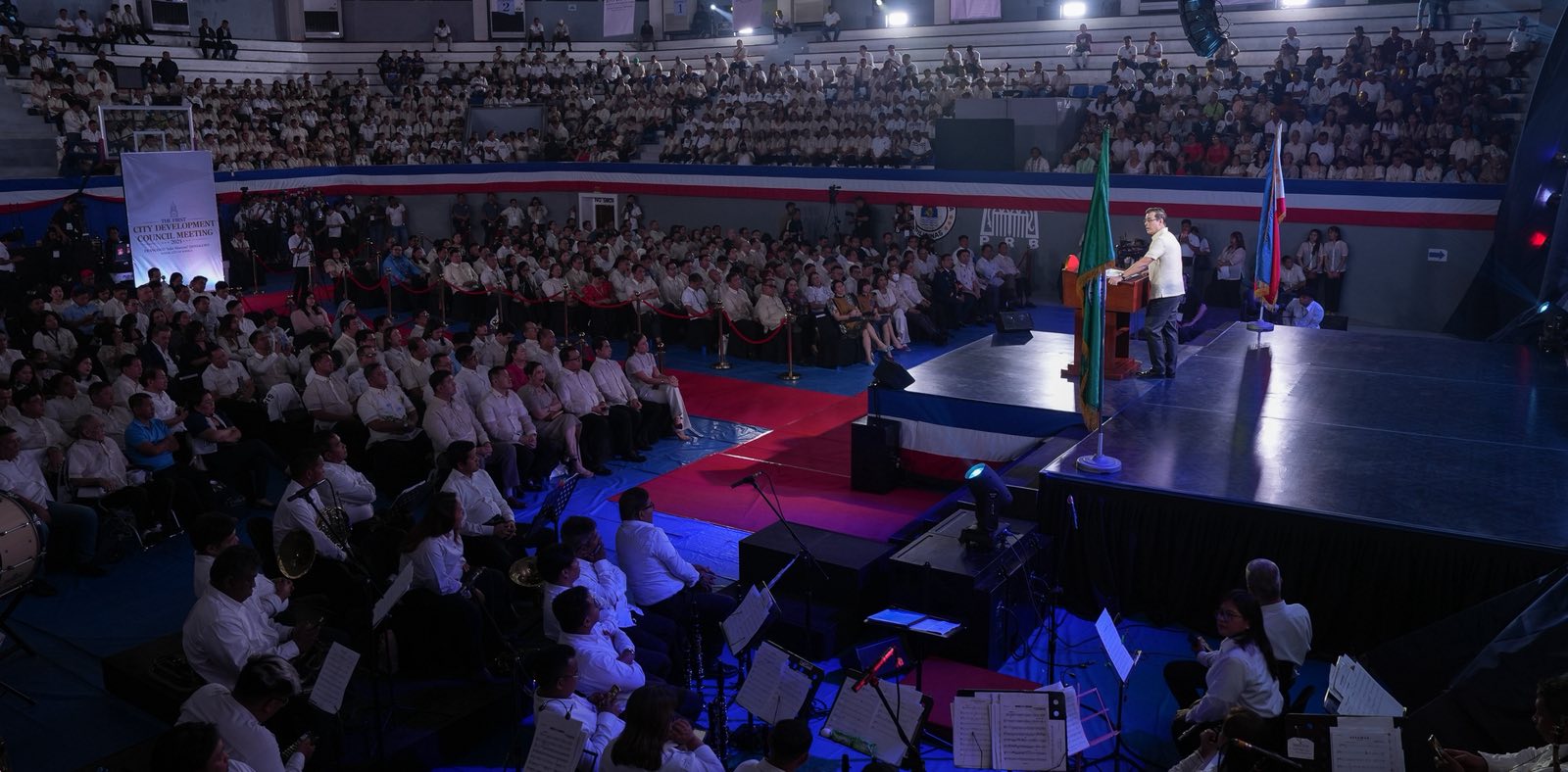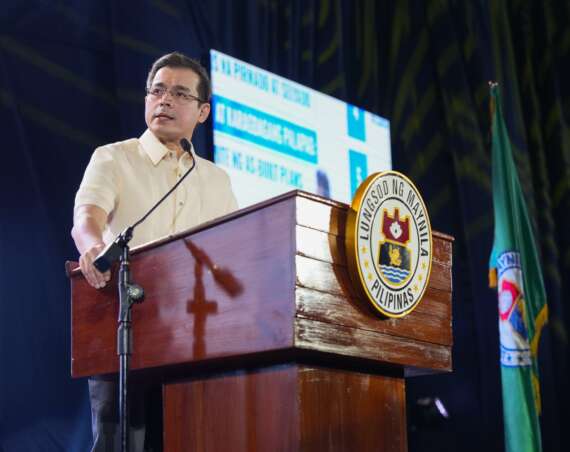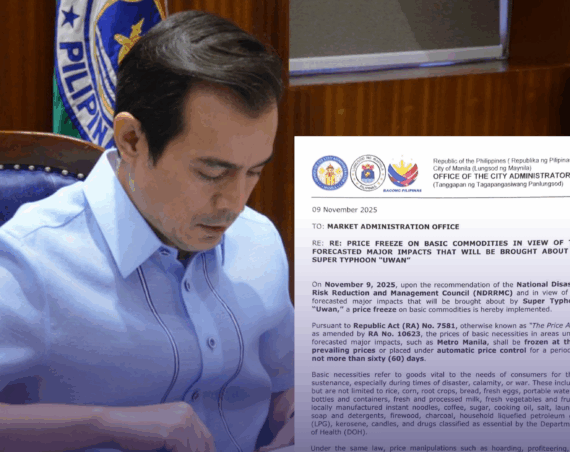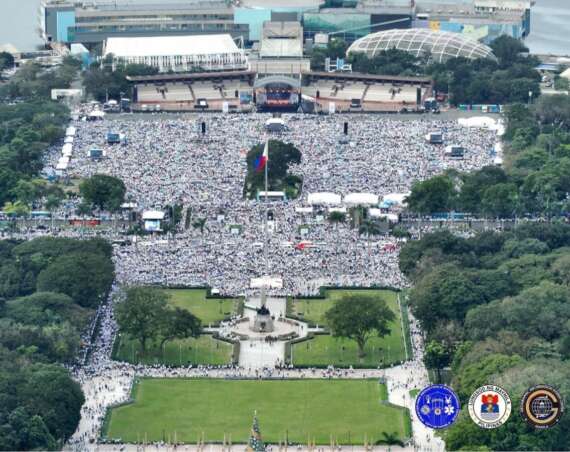Manila City Mayor Francisco “Isko Moreno” Domagoso said citizens and taxpayers have begun trusting City Hall again, crediting early gains in collection and permitting to tighter fiscal management and visible street-level governance in his first 100 days.
Reopening the Electronic Business One-Stop Shop (E-BOSS) and cutting paperwork were central to the push, Domagoso said in his “First 100 Days” report delivered on Wednesday, October 8.
City Hall also replaced “red tape with red carpet,” slashing approval times to 1–3 days for renovations and fit-outs and 3–5 days for residential, commercial, institutional, and industrial construction, the Mayor said.
Zoning requirements were trimmed, from 22 to 7 for applications, and 15 to 5 for appeals, he noted.
On spending discipline, Domagoso said his administration “defused the budgetary timebomb” in Job Order contracting—reducing headcount from 9,830 (January–June 2025) to 7,023 (July–December 2025) and lowering related costs by 72%.
“Dagdag koleksyon. Bawas gastos,” the Mayor said, describing the formula for stabilizing city finances.
“Sa lahat ng mga ito ay nagpakita tayo ng consistency and commitment. At ano ang isinukli ng taong nabuhayan ng loob sa gobyernong bilis kilos? Confidence! Tiwala sa ating pamamahala,” Domagoso said.
“Confidence shown not in terms of likes, shares and views that appear on our social media platforms. But confidence computed in terms of more funds in our coffers, new investments in our city,” he added.
He also announced that collections from business taxes and other licenses and permits reached ₱552,495,629.38, while the general tax amnesty program yielded ₱141,629,222.43 from delinquent payments.
More businesses opened in Manila as investor confidence returned: collections from new business permit applications from July to September 2025 reached ₱58.9 million, up from ₱18.9 million during the same period a year earlier, a surge of more than 300%.
The rise in activity also generated 12,752 new jobs and ₱7.1 billion in total investments, while hawkers’ fees climbed to ₱10.13 million from ₱7.09 million during the same period in 2024.
For zoning requirements, Domagoso said City Hall was able to bring in ₱23.6 million from 350 clients across restaurants, banks, hospitals, cinemas, and other projects,
The Mayor said the city also went after contractors’ obligations, collecting ₱131 million in contractors’ tax from 315 flood control projects from 2022–2025, alongside a general fund take of about ₱2,172,933,771 including the National Tax Allotment.
From July to September 2025, the Office of the Building Official issued 2,069 permits and certificates covering ₱702.75 million in projects over 67,526.81 sqm.
The Manila Traffic and Parking Bureau (MTPB) also reported improved revenues to ₱37.6 million from July to September 2025, from ₱30.7 million during the same period last year.
“Patunay ito na kapag maayos ang sistema, disiplinado ang mga enforcer, at malinaw ang direksyon ng pamahalaan — may resulta, may koleksyon, at may tiwala ang taumbayan,” Domagoso said.
Manila also began settling old obligations.
Of ₱10,240,896,350 in payables as of June 5, 2025, City Hall paid ₱3,103,752,877 in its first 100 days (30.31%), including ₱582.9 million for drugs and medicines, ₱57.78 million for medical equipment, ₱131.56 million for garbage hauling, and ₱1.47 billion for infrastructure projects.
Debt service on large, long-term infrastructure projects only totaled ₱272 million, which the Mayor said was not the main burden.
“Ang tunay na nagpapahirap at nagpapabigat sa ating lungsod ay hindi ang mga utang para sa mga proyektong may pakinabang. Kundi ang maling paggamit ng pondong ipinagkatiwala ng taumbayan,” Domagoso said.






